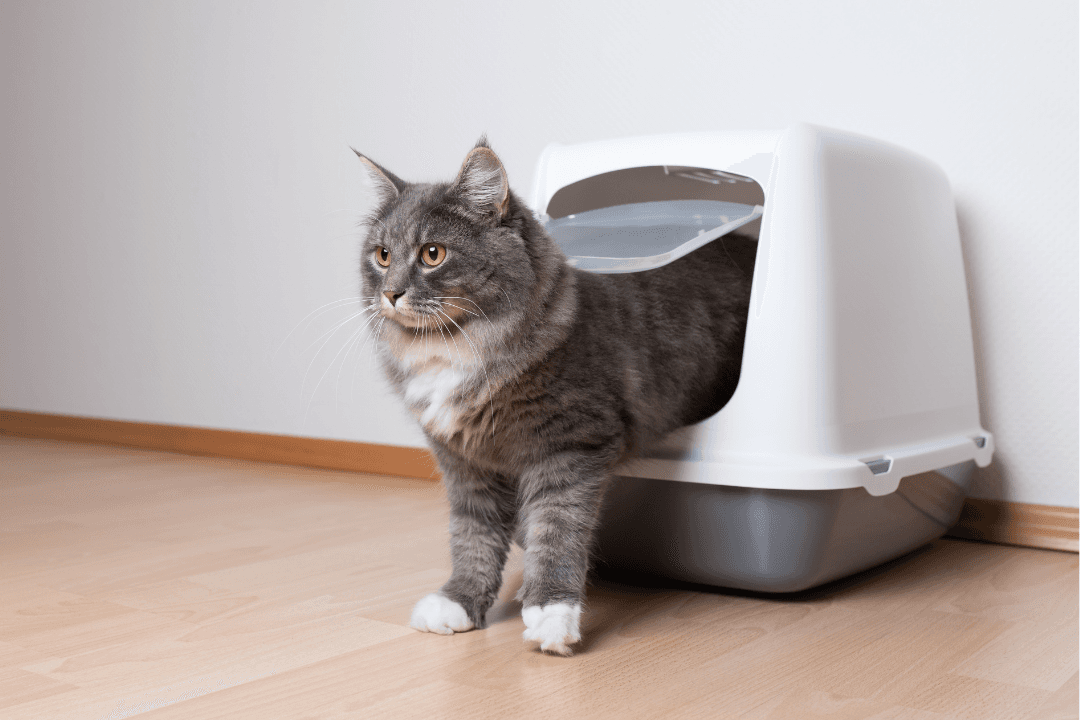Cat-proof your home
As a cat owner, you should see your home from your cat's perspective. What could be potential dangers for your cat? Make sure to cat-proof your home to avoid damage to your cat and your home.
Cat-proof windows, doors and balconies
Cats are agile and can easily get through small spaces. That's why it's important to cat-proof windows, doors and balconies to reduce the risk of your cat getting out. If your windows or balcony are high up, it is important to close them and use a net to prevent your cat from getting out. In Sweden a balcony that is more than 5 metres from the ground should be secured with netting to prevent the cat from falling down, according to the Swedish Board of Agriculture.
Cats like to climb
Cats like to climb and windowsills, cupboards and shelves are common places for them to climb. So make sure you don't have glass or ceramic pots, for example, that could break. Also bear in mind that plants and flowers can be poisonous to cats, read more here. Other places where cats can climb are in the kitchen. To avoid injury to the cat, secure the stove and oven. For example, you can put a child lock on the oven and on the stove controls. If you have a hot plate, you can place a saucepan or similar on the plate to prevent the cat from being burned.
Cats like to play
Both adult and young cats like to play with whatever they can get their hands on. It is therefore important that your cat does not get hold of anything that is dangerous to play with. Dangerous toys include beads, string, yarn, cords and balls. Should your cat ingest something, you should contact a digital vet for advice, if it is an emergency, you should go to the vet.
Other ways to cat-proof your home:
Protect or hide cords
Keep the toilet lid closed
Only light candles where you can keep an eye on them
Put chemicals and toxic products in a place where the cat can't reach them
Put away things that can easily break






